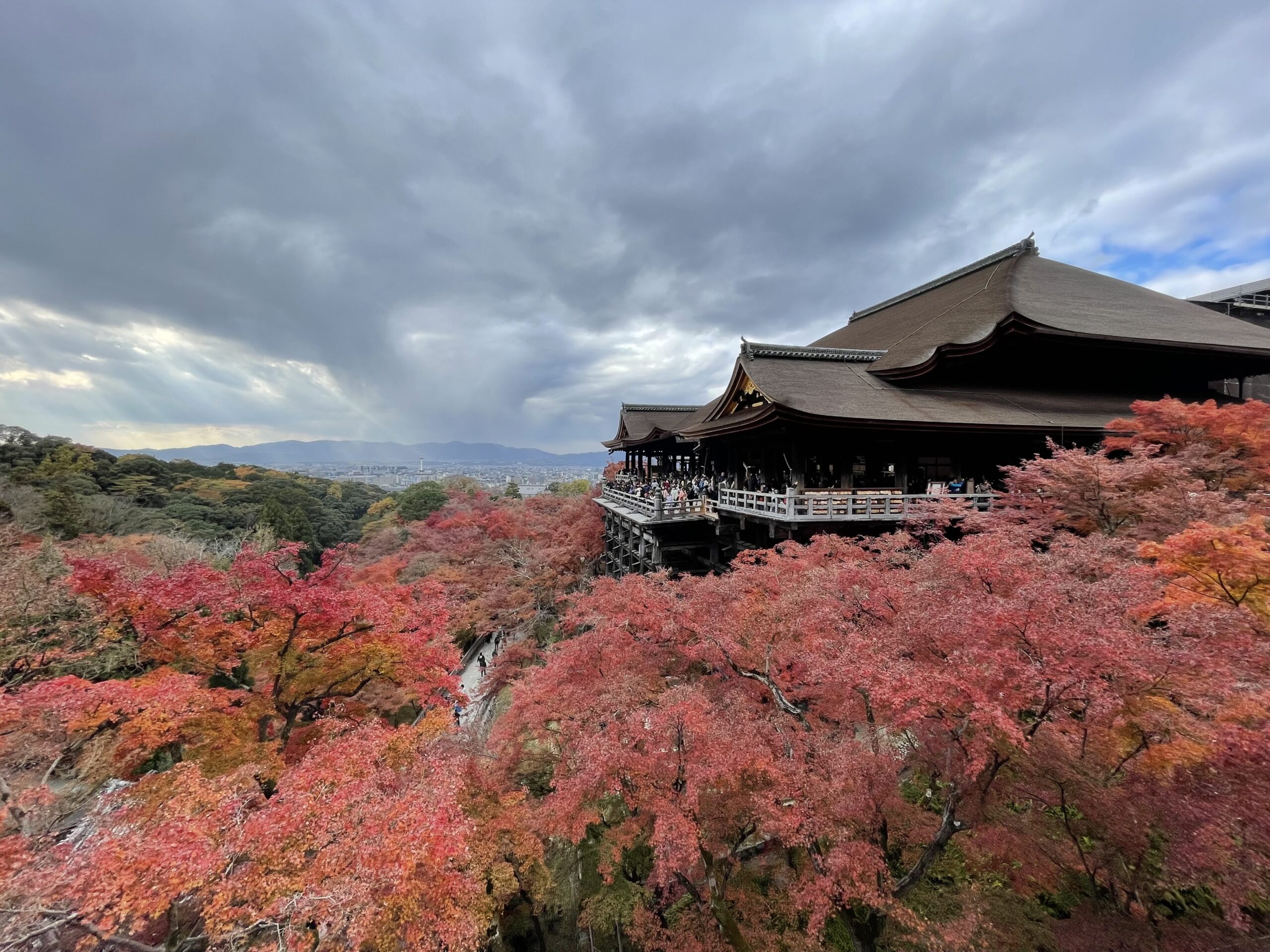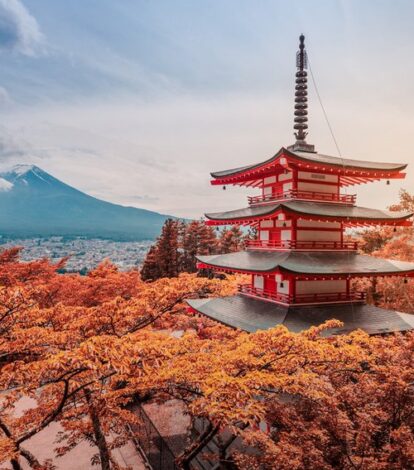Stepan Borovec just returned home from Japan. We ask for his recommendations for other first-time visitors in this Q & A.
What is the travel experience in Japan? Is Japan worth your time? What do you definitely need to know?
Stepan spent six days exploring Kyoto and Tokyo. Then he was hosted by Tricolage, Inc. and the Tokyo Metropolitan Government, on a project aimed at creating luxury tourism on the Izu islands, particularly Hachijo-jima.
What were your very first impressions when you arrived?
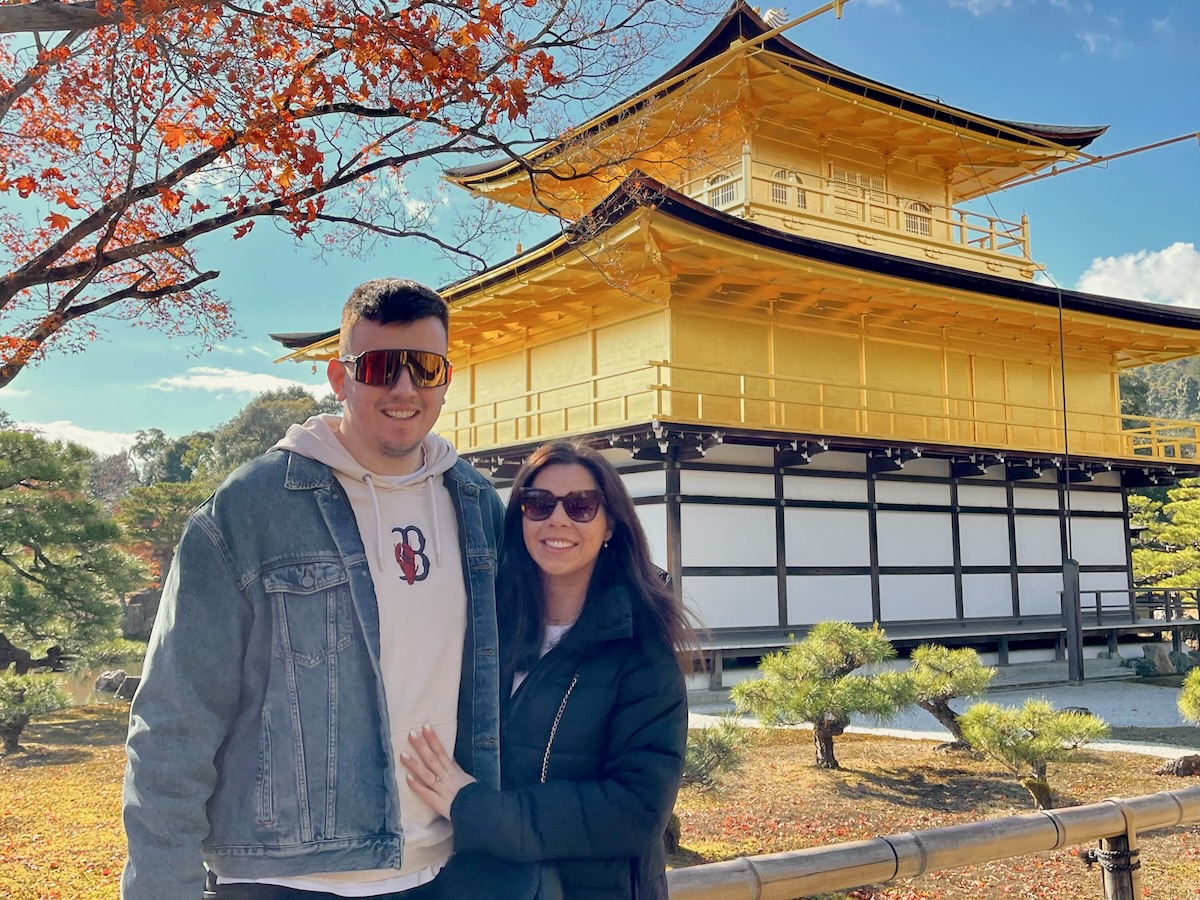
We landed in Osaka but went straight to Kyoto. My first impression of the city? Very clean. Fresh air and a very pleasant smell – not like in some European cities to be honest.
Quiet, serene and calm. People were talking to each other in whispers on the street so they didn’t bother anyone, my first glimpses of Japanese politeness.
The smell of a destination is unmistakable and in Japan it was clean air, which I wasn’t expecting. And the cleanliness of the streets is insane, it was impossible to spot one single cigarette butt on the sidewalk!

As you explored Japan, what else was different to what you expected?
Tokyo metropolitan area has a population roughly four times larger than all of the Czech Republic. Which seemed so surreal and meant my expectations were almost none.
People don’t realise how long Japan is. The Okinawa islands are tropical and Hokkaido is almost the Arctic, where the sea freezes.
My expectation was that Japan is super high tech, a century ahead of everywhere else in terms of technology. I expected big screens and 3D simulations at the airport but it’s not like that. It was actually very simple. My Japanese host Benjamin told me he’s still using a fax machine on a daily basis!
Why? Because it works. Unless the japanese people know for 100% something works, they don’t use it. This kind of conservatism quite surprised me, but that may also be the reason why basically everything in this country works, at least from a tourist point of view.
He also told me about the Japanese culture of perfectionism. Everything has to be precisely as it should be and you don’t get praised for doing new things, rather for doing the same things more efficiently. When I grasped this mindset I could make more sense of the country a lot more.
Did you experience some kind of culture shock?
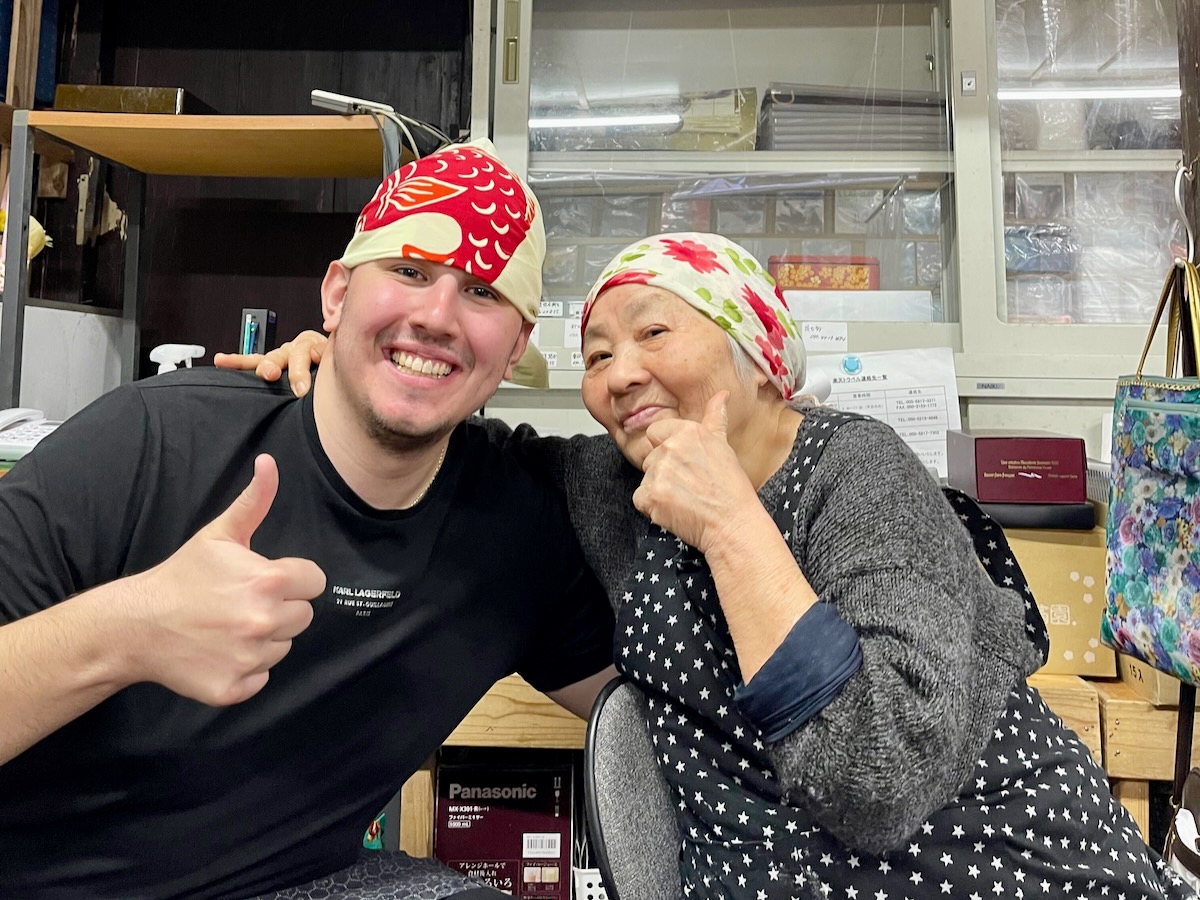
Yes, definitely. It was the first trip for a few years where I was excited about experiencing a completely different culture.
On a future trip I’d definitely have a guide for each destination. The culture is so different and it’s only with a guide you can understand why people are doing certain things, or behaving in a particular way. I enjoyed great insights in Tokyo and Hachijō-jima but could only guess in Kyoto.
I feel like you just have to do the first trip and experience the culture shock, get the overall feel of the country. Then on the second trip you can focus more on your individual interests.
How did you travel around Japan and what are your recommendations?
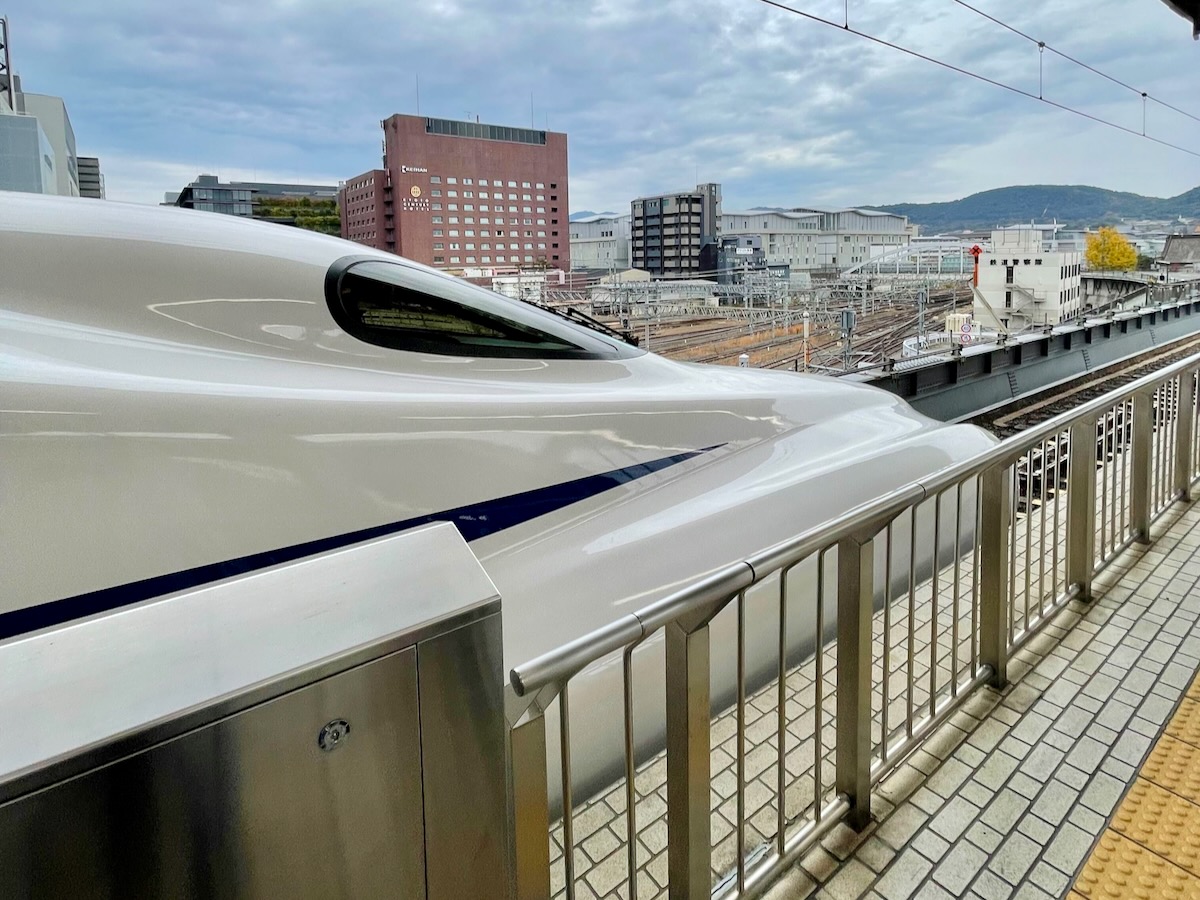
I highly recommend using the trains. They are fast, comfortable and crazily efficient. Everything operates to the exact minute.
We went on the Shinkansen bullet train between Kyoto and Tokyo, 360 kilometres in around two hours. City centre to city centre it’s much faster than by car or flying.
There’s not much difference between the normal class and first “green” class. Both are very comfortable, not like the experience in most of Europe.
In Kyoto we used local taxis to get around, they’re convenient and ubiquitous. I would recommend using the subway in Tokyo, it’s faster than going by road.
Compared to New York or even London the Tokyo subway is such a better experience. It’s clean, there are no beggars, people queue for the trains, everything is working exactly as it says it will.
At first we were quite confused, because there are so many lines and combinations of trains and stations. Google Maps will guide you. Or better, have a local guide.
What specific recommendations do you have for Kyoto?
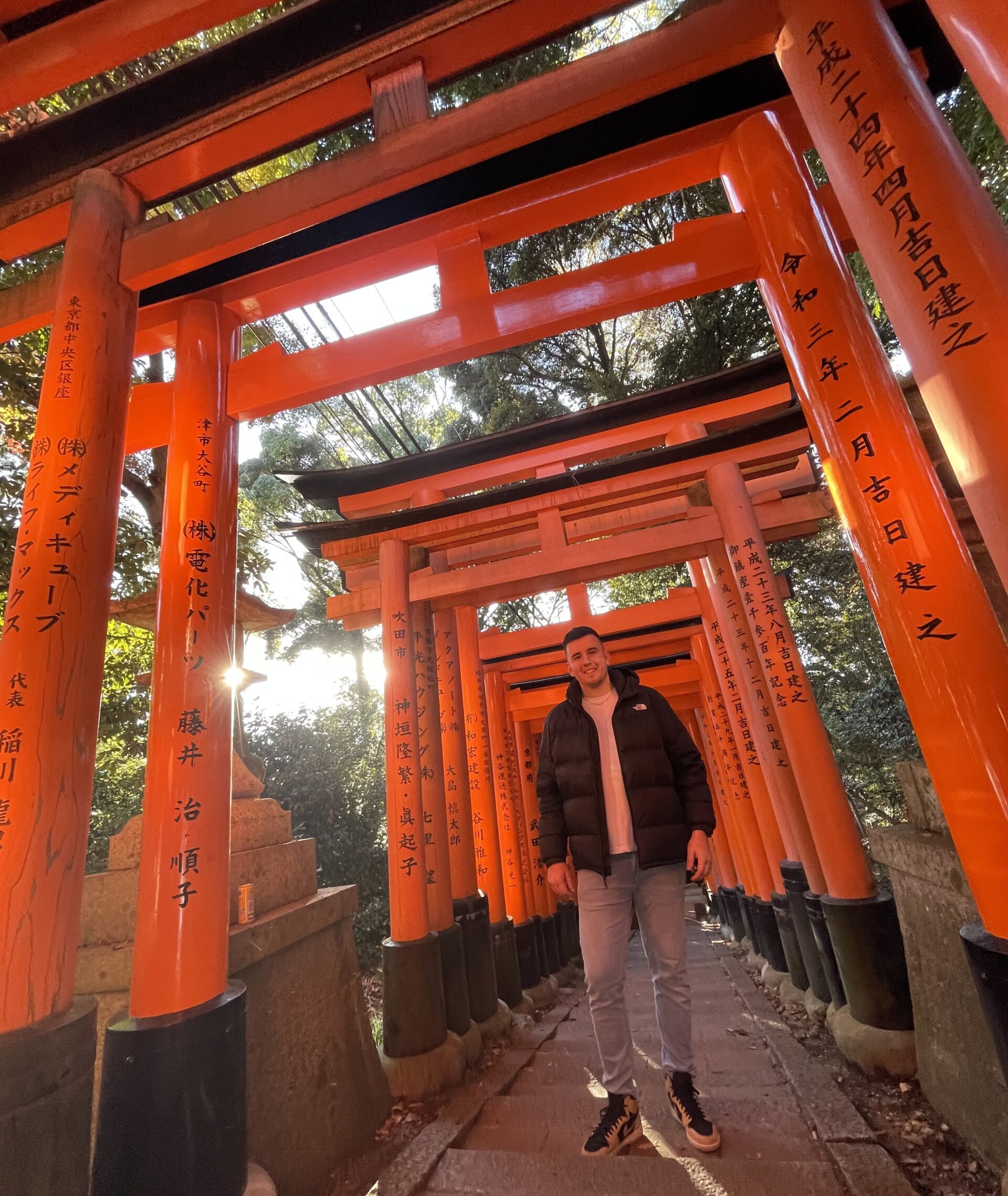
Kyoto is for history, it was the capital city for over 1000 years. Everywhere you will find random shrines and temples, big and small, all equally nice and interesting to me.
I’d recommend against visiting the best known places in Kyoto. Kinkakuji, the temple covered in gold leaf, was a tourist trap with little to see. It was completely re-built after the war, so isn’t super historical either.
The whole area of Arashiyama is super touristic. The famous bamboo grove is only around 300 metres long and you can’t even take a photo because there are so many people. Whereas cross the river, do a little hike and you’ll find a nice Kyoto viewpoint with monkeys playing around. And not many people.
I liked the food. Try Nishiki Market for a street food experience in downtown. Then go to the Gion district on another evening, where most of the Michelin starred restaurants are located.
Kyoto is a city of 1.5 million people and has 97 different restaurants with Michelin stars, including six with three stars!
Gion is also one of few districts where you can still see geishas. A private dinner with a geisha would definitely be a nice experience too.
What other food recommendations do you have?

The charm of a Japanese restaurant is that you don’t think it’s a restaurant. It just looks like a house, you don’t notice it on the street. You just know it’s a bad quality restaurant when they have plastic models of the food outside.
Almost all the restaurants, especially the fine dining restaurants, are small and unassuming places, without terraces or anything to make them stand out. Except, of course, for their amazing food.
Japan is also great for the variety of food you can eat. Like Wagyu skewers for a few dollars on a street market, or all kinds of seafood that don’t exist in Europe.
What recommendations do you have for Tokyo?
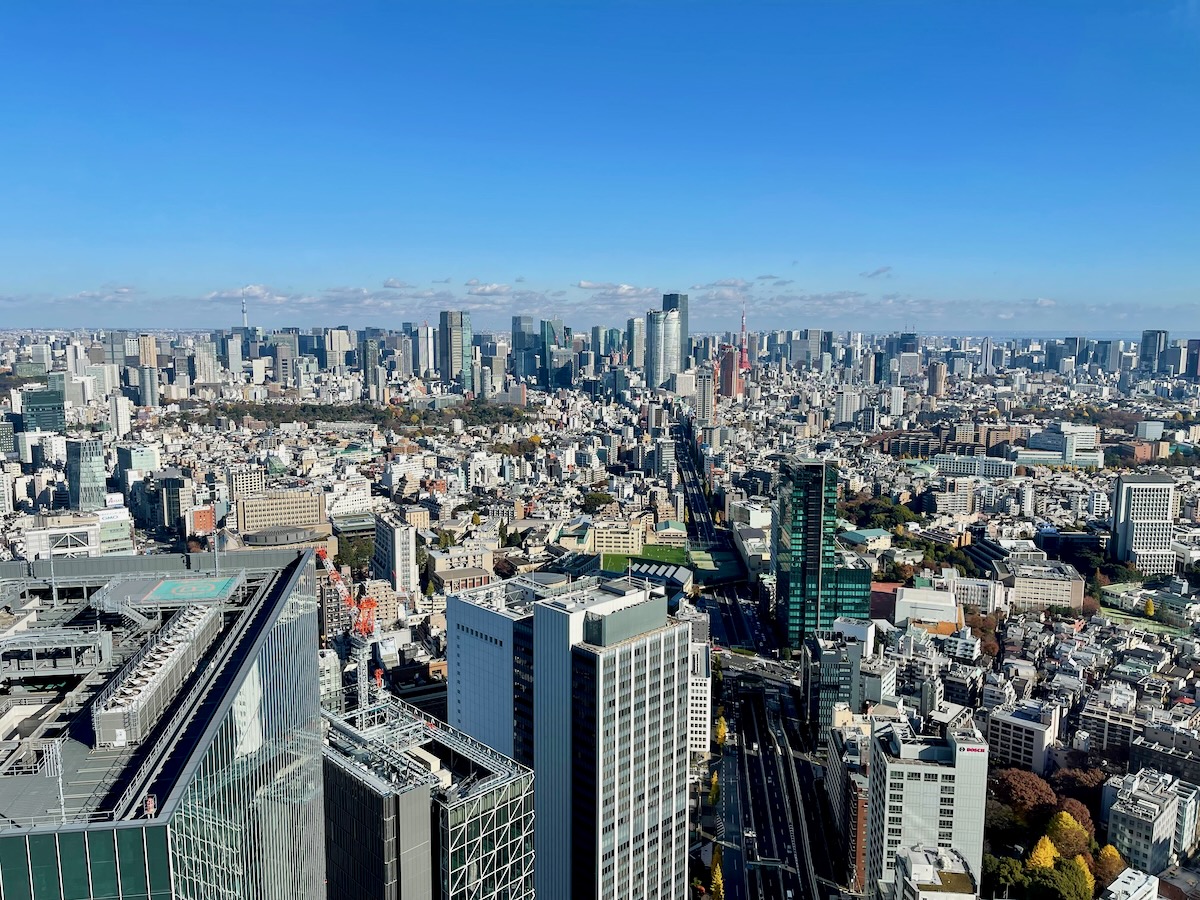
I think you can make a program of two nights in Kyoto and three nights in Tokyo, but this is the very bare minimum. You could easily spend five days in Tokyo.
Doing the trip again I’d include one extra day and stop in Hakone on the way to Tokyo. It’s a spa area beneath Mount Fuji, where you can spend your day in the onsens, which are traditional Japanese hot springs.
Tokyo is an amazing shopping destination for brands and products you can’t find in Europe, both streetwear and high fashion.
I’m not a massive shopper but my experience was actually better than in New York and Paris. Ginza, Shibuya and Omotesando are the districts for shopping.
There are loads of temples, shrines and museums to visit, although after Kyoto we didn’t explore much of them as we were more looking for the modern side of Japan in the capital.
I loved taking in the city from on high. First we went up to 450 metres to see Tokyo at night from Skytree, one of the world’s tallest buildings. Later we went up Shibuya Sky and could see Mount Fuji during the day and the famous Shibuya crossing where 3000 people cross the street at same time.
How was your experience on the Izu islands?
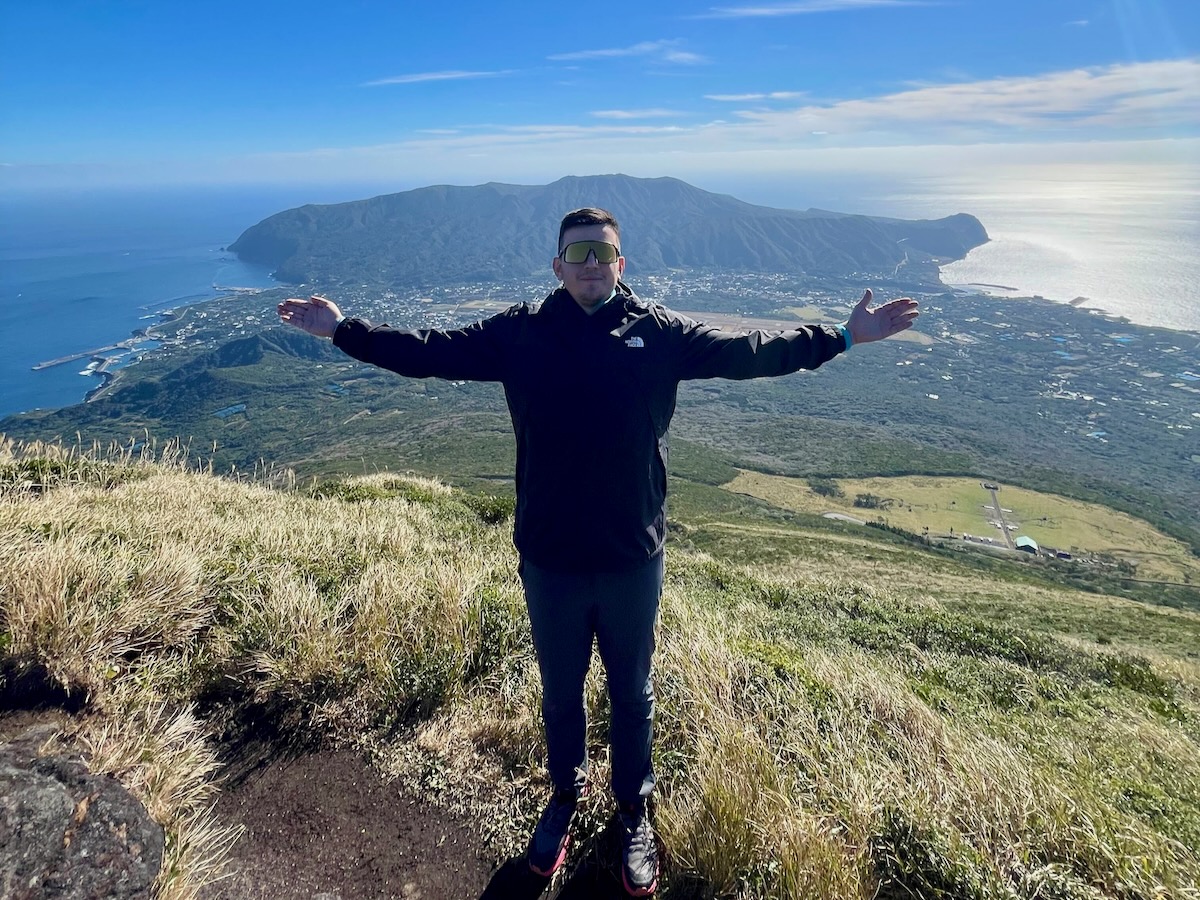
We flew by private jet and spent three days on the biggest island, Hachijō-jima. It’s very lush and very green. I hiked a volcano and looked down into a jungle inside the crater.
I met with so many interesting local people who are so proud of their traditions, like a very old woman who invited me into her home to make the island’s special type of sushi. I experienced how they make a traditional kimono and how they dye their silk clothes naturally, without any chemicals (one of the last three places in the world to do so).
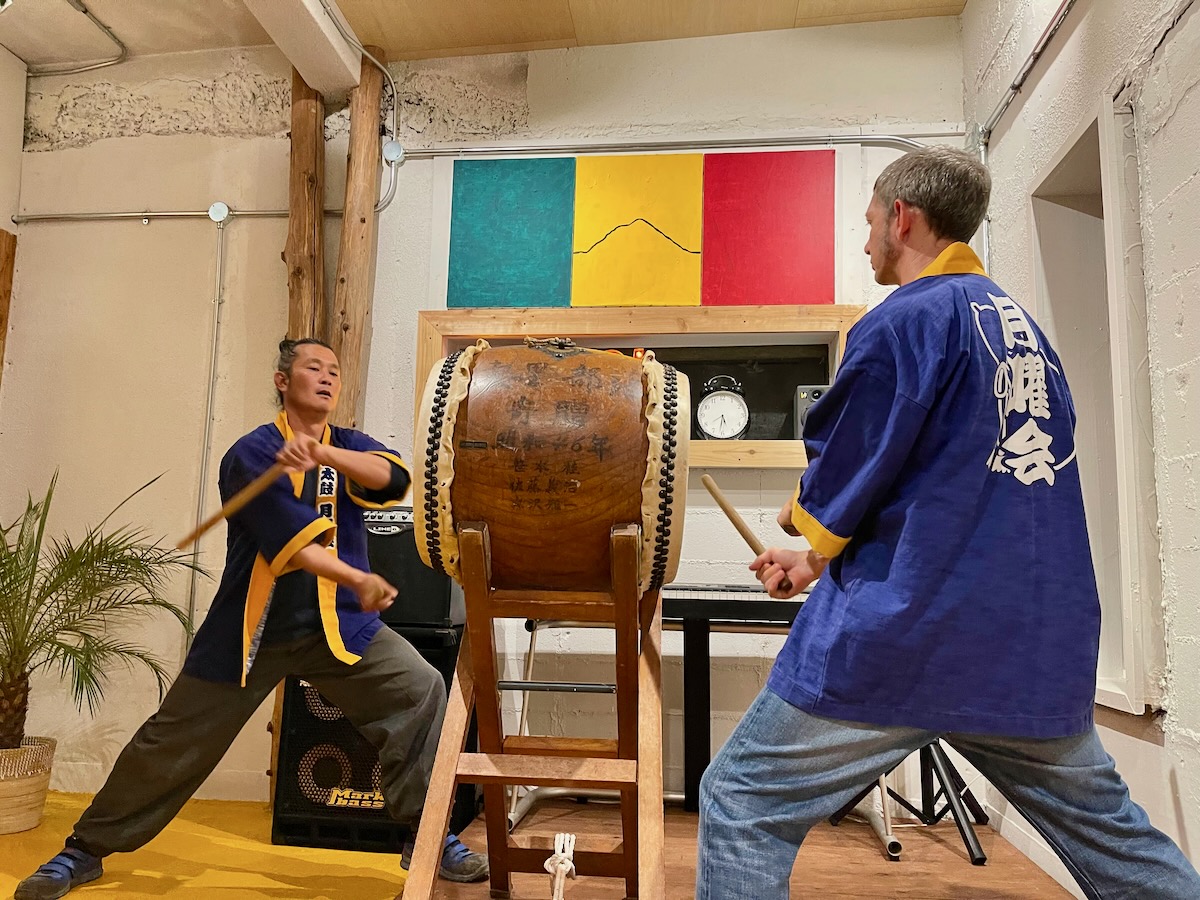
We met a Shiitake mushroom farmer, ate lemons you don’t need to peel, took a sailing trip to an abandoned island, listened to their unique style of two people playing on the same drum.
There’s a lot more I’m going to tell you about Japan in the upcoming edition of Explorer magazine, which will be released in March.
